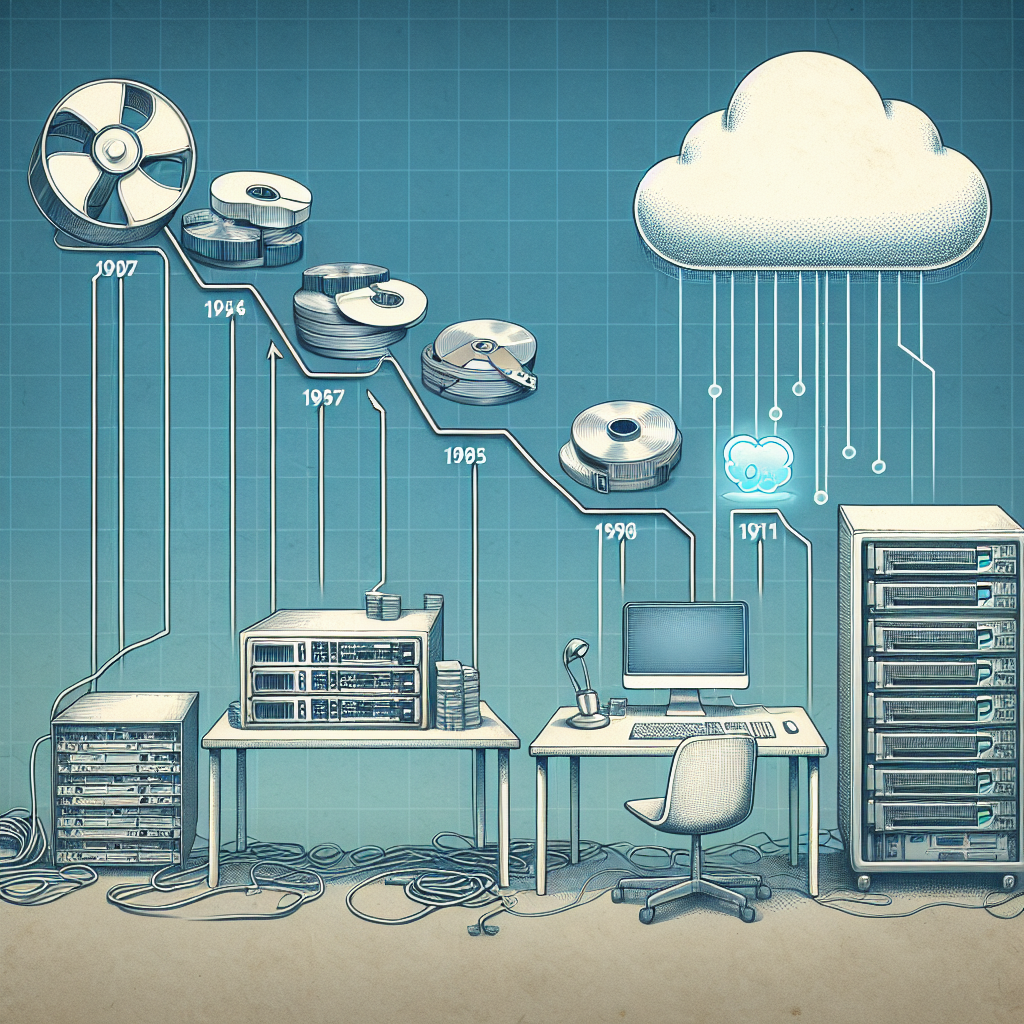Data centers are the backbone of modern technology infrastructure, housing the servers that power everything from social media platforms to e-commerce websites. Over the years, data center servers have evolved significantly, driven by advancements in technology and the increasing demands of businesses and consumers.
One of the most significant trends in data center server evolution is the move towards virtualization. Virtualization allows multiple virtual servers to run on a single physical server, increasing efficiency and reducing costs. This trend has been driven by the need for greater flexibility and scalability in data center operations, as well as the growing popularity of cloud computing.
Another key trend in data center server evolution is the rise of software-defined networking (SDN) and software-defined storage (SDS). SDN and SDS technologies enable data center operators to centrally manage and control their server infrastructure, making it easier to deploy new services and applications. These technologies also help to improve the agility and responsiveness of data center operations, allowing businesses to quickly adapt to changing market conditions.
Innovations in server hardware have also played a significant role in the evolution of data center servers. The development of high-performance processors, memory, and storage technologies has enabled data center operators to build more powerful and efficient server infrastructure. In addition, advancements in cooling and power management technologies have helped to reduce the energy consumption and environmental impact of data center operations.
One of the latest trends in data center server innovation is the adoption of artificial intelligence (AI) and machine learning (ML) technologies. These technologies enable data center operators to automate and optimize server management tasks, improving efficiency and reducing operational costs. AI and ML algorithms can also help to predict and prevent server failures, ensuring the reliability and availability of data center services.
Looking ahead, the future of data center servers is likely to be shaped by emerging technologies such as edge computing and 5G networking. Edge computing brings data processing closer to the source of data generation, reducing latency and improving performance for applications such as Internet of Things (IoT) devices. 5G networking, with its high-speed connectivity and low latency, will enable data centers to support a new generation of applications and services that require real-time data processing and analysis.
In conclusion, the evolution of data center servers has been driven by a combination of technological advancements, changing business requirements, and the increasing demands of consumers. As data center operators continue to adopt new technologies and innovate in server design, we can expect to see even greater efficiency, performance, and flexibility in the data centers of the future.


Leave a Reply